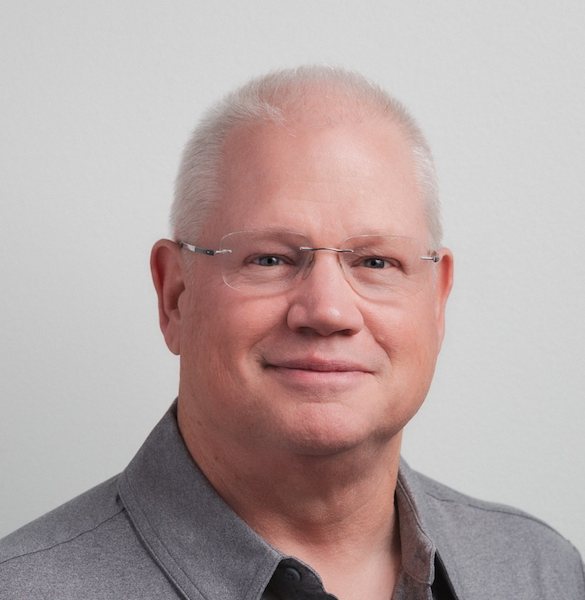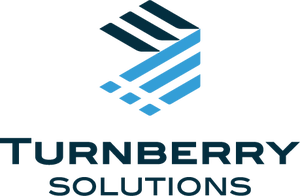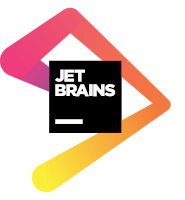How Principal® Catapulted to the Cloud
Elevator Pitch
Principal Financial Group has moved over 100 workloads to AWS in less than two years. This presentation will explain how they created a new “Cloud Catapult” team. Principal and Lean TECHniques employees that work on this team will provide an overview of how it works and key learnings that any organization can apply. We will also allow time for Q&A.
Description
Principal Financial Group has a significant initiative to get 80% of workloads to the cloud in the next four years. Principal needed a way to jumpstart this effort while training teams across the organization to ensure long-term adoption and success. The key to this has been embedding coaches within teams to spread knowledge quickly while applying modern engineering practices.
Principal Financial Group started a “Cloud Catapult” enablement team, which works with software delivery teams to accelerate their ability to get technical solutions moved from on-premise to AWS and made cloud-native. This migration isn’t a lift and shift; instead, it is getting teams to think about the value stream including customers, disaster recovery and performance considerations while rewriting applications.
The “Cloud Catapult” team has helped move over 100 workloads to the cloud and into production. This migration has reduced loads on the mainframe and dependency on proprietary software such as Mulesoft.
This presentation will provide an overview detailing how the “Cloud Catapult” team operates as an effective enablement team and our impact on the organization. We will also reveal the surprising insights we have discovered by serving as a catalyst for providing feedback to management on how their decisions affect software delivery teams ability to deliver effectively.
What we have learned is that technical skills alone are not enough. The teams need to improve their ability to work together, develop trust, and have shared expectations through a working agreement. In order for teams to be engaged and passionate about the work they are doing, they need to understand the purpose and commit to each other to deliver a successful solution. Some teams and individuals just need to be pointed in the right direction. Others need much more intensive coaching to become effective teams. We often talk about avoiding distractions, finding focus, and modeling behavior so that teams can find a workflow that sets the team up for continuous improvement. When everyone is engaged and feels like their contribution is important and it matters, we destroy apathy and resentment and move into an innovative space that provides the foundation for a healthy, high-performing team.
Speakers

Josh Angolano
Josh Angolano is a professional software consultant at Lean Techniques with over 20 years of software engineering experience. He has held various roles during this time, from developer to architect ...

Tom Cavanaugh
Tom Cavanaugh is a technical coach at Principal Financial Group with over 40 years of software and computer engineering experience. He has held various roles while working at startups and enterprises. ...

Tim Andersen
Tim is a Software Developer and Agile Coach for Lean TECHniques, Inc. He has worked in software development in several industries including financial, fundraising, insurance, and telecommunications. ...













